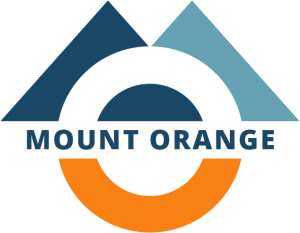Technical Glossary -- (Kurt Smith)
Махсус | А | Б | В | Г | Ғ | Д | Е | Ё | Ж | З | И | К | Қ | Л | М | Н | О | П | Р | С | Т | У | Ф | Х | Ҳ | Ч | Ҷ | Ш | Э | Ю | Я | Ҳама
S |
|---|
SDCsystem development cycle | ||
SMTP simple mail transfer protocol | ||
SQL structured query language | ||
SafariA type of web browser associated with the Mac OS platform. | ||
ScannerWorks like a small photocopier, but the image can be displayed on a computer screen, saved to disc or printed out. Most scanners will take up to A4 size. | |
SceneTo organize a document thematically, you can use scenes. For example, you might use separate scenes for an introduction, a loading message, and credits. Note: You cannot use scenes in a screen-based document. When you publish a Flash document that contains more than one scene, the scenes in the document play back in the order they are listed in the Scene panel in the Flash document. Frames in the document are numbered consecutively through scenes. For example, if a document contains two scenes with ten frames each, the frames in Scene 2 are numbered 11-20. You can add, delete, duplicate, rename, and change the order of scenes. To stop or pause a document after each scene, or to let users navigate the document in a nonlinear fashion, you use actions. | |
Search EngineA search engine is a program designed to help find information stored on a computer system such as the World Wide Web, inside a corporate or proprietary network or a personal computer. | ||
Search EnginesPermits searching of documents and databases accessible on the Internet. Search engines can be set up to search only content within one Web site or to search the entire Internet. Many search engine developers have their own web sites such as Lycos and Alta Vista. In addition to search engines there are index sites such as Yahoo, where links to Web sites are organized into categories so that you can browse categories rather than guessing at search terms. | ||
Search engine/facilityMost CD-ROMs and the Internet have search engines. These are facilities which allow the user to search for information without having to look through a whole index or catalogue and are generally based on keywords and logical operators. | |
